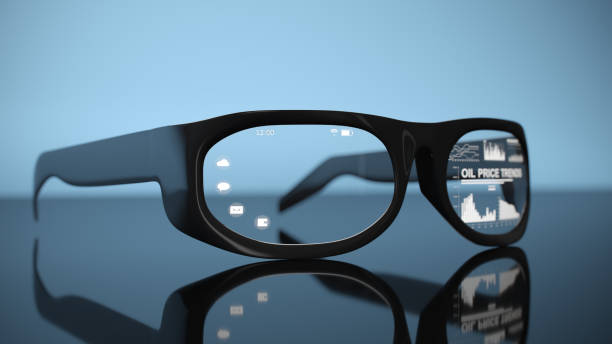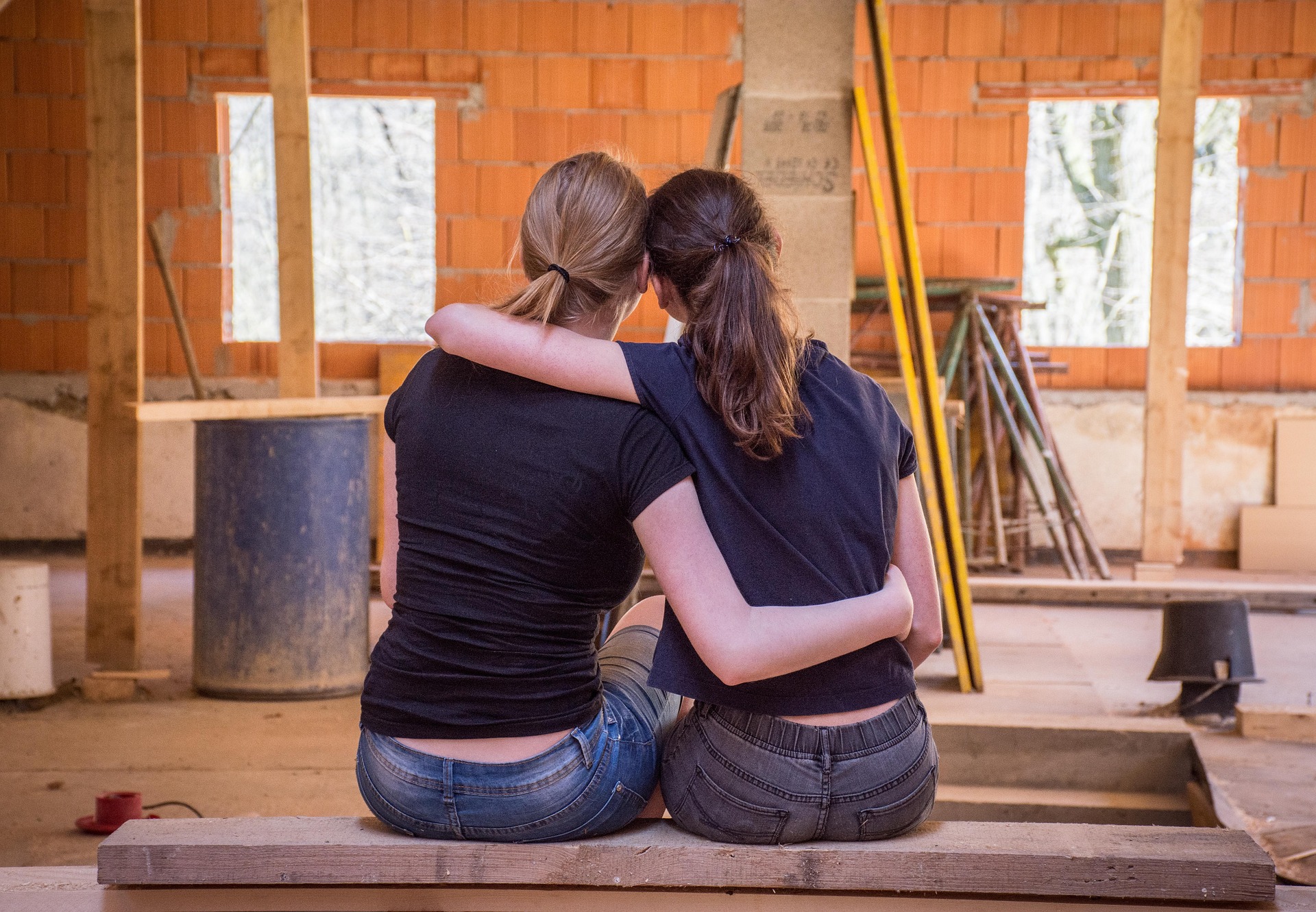Driven by the Past: The Influence of Vintage Car Designs in Modern Automobiles
Introduction: In a world where technology is progressing at an unprecedented rate, the automotive industry has not been left behind. However, amidst the rush for cutting-edge technology and design, there's a revival of classic aesthetics subtly influencing contemporary auto designs.
The Legacy of Vintage Design
The era of vintage cars, spanning the early 20th century up to the 1960s, is marked by unique designs that have become iconic in the automobile world. The sleek curves, prominent grilles, and distinct hood ornaments of vintage cars are a stark contrast to the aerodynamic and minimalist modern designs. These classic aesthetics have not faded but continue to inspire and influence contemporary auto designs, testament to their timeless appeal.
The Modern Classics: A Nod to the Past
Several contemporary automobiles have incorporated vintage design elements, creating a fusion of old and new. Cars like the Chevrolet Camaro and the Dodge Challenger echo the muscle car era of the 60s and 70s, while the Volkswagen Beetle and Mini Cooper capture the charm of their predecessors from the mid-20th century. These cars are not mere replicas, but reinterpretations, combining nostalgic design with modern performance and technology.
The Lure of the Old: Why Vintage Design?
The appeal of vintage design lies in its ability to evoke nostalgia and a sense of identity. It reminds us of an era marked by craftsmanship, individuality, and charm, a stark contrast to today’s mass-produced, technology-driven designs. Moreover, the distinctiveness of vintage aesthetics offers a break from the homogeneity seen in modern car designs, making them stand out on the road.
Challenges in Reinterpreting Classic Design
While the blending of classic and contemporary elements offers a unique aesthetic appeal, it does pose several challenges. Designers must strike a balance between maintaining the essence of the vintage model while integrating modern features and complying with current safety and emission regulations. Achieving this harmonious blend is a complex task, requiring both creativity and technical expertise.
The Future of Vintage Design in Modern Automobiles
Although the trend of reviving vintage designs has gained popularity, the future of this design philosophy is uncertain. As the automotive industry moves towards electric and self-driving cars, will there be room for these nostalgic designs? Only time will tell. However, one thing is clear: the influence of vintage car designs has left an indelible mark on the automobile industry, shaping the way we perceive and experience cars.
By revisiting the past, the automotive industry has found a unique way to differentiate and add value to their offerings. This trend not only caters to the aesthetic sensibilities of car enthusiasts but also taps into the emotional connection that people often have with cars. As we move forward, it will be exciting to see how this blend of old and new continues to evolve, shaping the future of the automobile industry.






